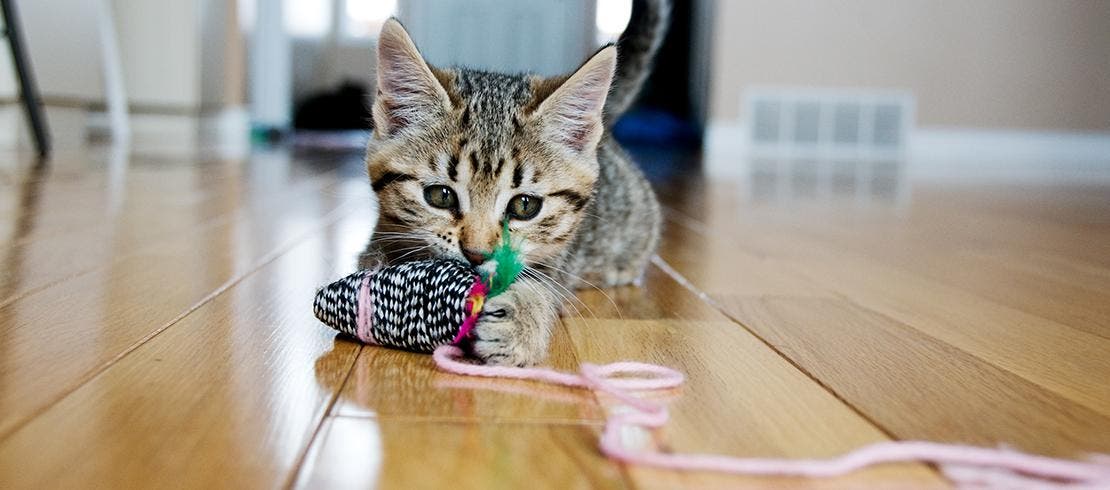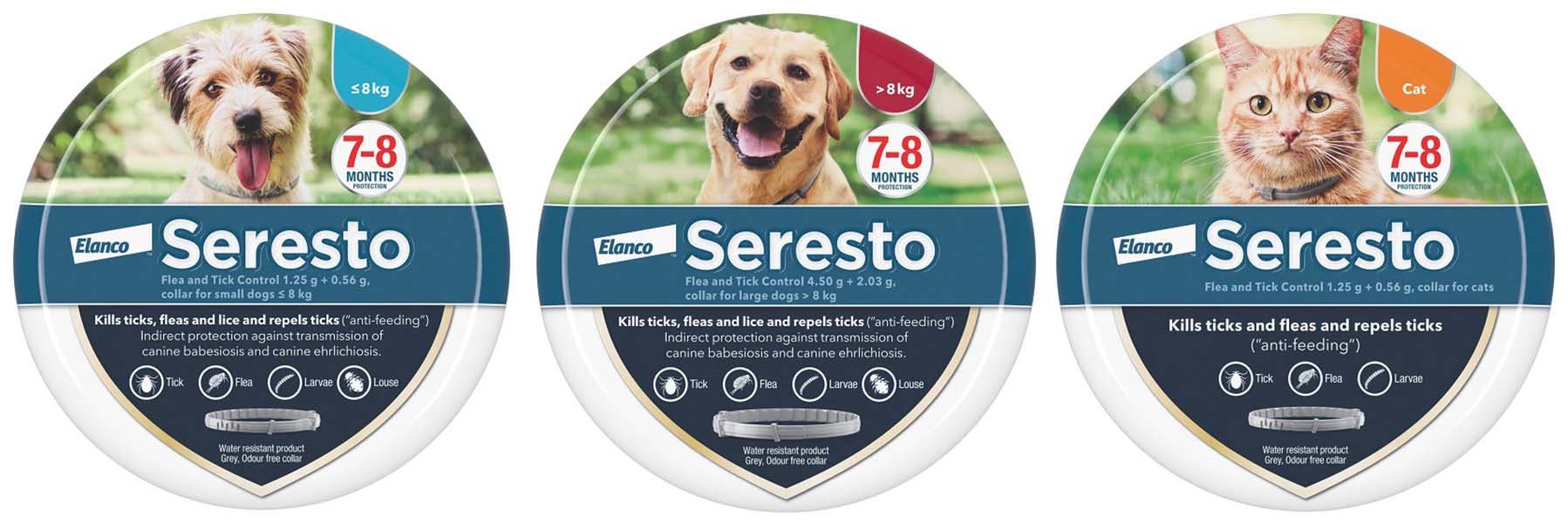In this article we explore how cats can catch fleas and what you can do to prevent fleas infesting your home.
They may be tiny in size, but fleas can cause big problems. They’re one of the most common pests that pet owners encounter, with most cats (even strictly indoors cats!) encountering them at some point in their lives if they’re not protected.
Five ways cats can get fleas
1. Exploring the great outdoors
From spring to autumn, if the environmental conditions are correct, fleas can multiply outdoors in suitable locations. However, in the absence of a host, adult fleas can only survive for a few days.
During this time, your cat is bound to come across them as they rummage and play outside. Check your cat’s fur regularly for fleas who may hitch a ride into your home – you’ll have to look hard, as they love hiding deep in your pet’s fur on your cat’s skin.
A flea comb can help you do this by helping part the fur. Pay special attention to the neck, tummy, tail base and back-legs and look for tell-tale signs of the black specks of flea faeces, known as ‘flea dirt’.
2. Contact with other infested animals
Cat fleas aren’t too fussy where they get a meal – they’ll just as happily dine on dogs, ferrets, rabbits and a host of other small mammals, as well as humans! A flea is an expert acrobat, jumping as high as 50cm. This means that they can easily leap from host to host. If your cat has fleas and you have other animals in your household, chances are they will also be infested.
3. Human carriers
You may not realise, but we can carry fleas into our homes as they can jump onto our clothing. Shoes, bags and other items that we bring into our homes like second-hand rugs and furnishings may also carry the immature life stages of fleas.
Pay attention if you’ve enjoyed a day out with a friend’s dog or cat, as they may be carrying fleas without you knowing.

4. Trips to the vet or groomer
Indoor cats aren’t safe either, because even the strictest lap cat will eventually have to go outside for a veterinarian check-up, grooming appointment or stay in a cattery. Here, other animals that might have fleas could easily pass them onto your cat.
5. Soft furnishings
Fleas lay eggs on the host animal and the eggs then fall off into the environment around them, dispersing into carpets and in other warm undisturbed areas such as bedding, soft toys, rugs and cushions. Once hatched and matured, the adult fleas can re-infest your home and pets.
For this reason, when your cat has fleas, you should always treat your home as well as your pets. When buying second-hand furnishings or moving into a new home, clean thoroughly and keep a watchful eye for signs of invaders so you can get rid of fleas as soon as possible.
Regularly cleaning your home, vacuuming floors, carpets and upholstery, can help destroy flea eggs and get rid of any invaders.

Which season is flea season?
Fleas do best in warm weather, so most people think that fleas are only a risk during spring to early autumn. While this is peak season, you might be surprised to know that pets can also get fleas in the winter. This is because modern central heating creates the ideal conditions indoors for fleas to thrive. For this reason, it’s best to use flea protection on your pet all year round.
Treating your cat
Fleas are a parasite and they feed on your cat’s precious blood. This can make your pet unwell. Itchy flea bites can cause cats to scratch excessively, and this can lead to their skin becoming sore and infected. In very severe cases the blood loss can lead to anaemia. Fleas can also pass on nasty diseases such as Bartonella and carry the tapeworm parasite.
It’s best to protect your cat, whether they are an indoor or outdoor cat, to prevent flea infestations in the first place. There are many different options available, including:
- Flea collars - One of the most convenient options, flea collars can vary in how they work. Seresto Flea and Tick Control Collar kills fleas (and repels and kills ticks) through contact without the need for them to bite your pet1. Just put it on your cat or dog like a normal collar and with Seresto they’re protected for up to seven to eight months, so you don’t have to worry about monthly treatments! Find out more about Seresto for cats.
- Spot-ons - Spot-on cat flea treatments, such as Advantage Spot-on, contain a small amount of liquid that is applied to your cat’s skin once a month. Many pet owners find them convenient as they are simple to apply.
- Tablets - These are another commonly used method to protect cats from fleas. If you find it difficult to encourage your cat to swallow a tablet you can try hiding them in your pet’s food or ask a friend to help you gently administer it to them directly into their mouth.
- Flea sprays and shampoos - These are used less often nowadays as flea sprays often need repeating frequently and shampoos only work at killing fleas at the time of application, so offer no protection from freshly hatched eggs or if your cat picks up new fleas.
Whenever applying flea treatments, always make sure you read the label and consult your vet if you’re unsure. They will be able to advise you on the best product and dose for your cat’s age and weight.
Treating your house
A crucial part of de-fleaing is treating the house. Female fleas can lay up to 50 eggs a day, which soon hatch into flea larvae and mature into pupae and adults, ready to find a host and re-infest. In fact, only around five per cent of fleas in an infestation are found on your pet – the other 95 per cent will be scattered all around your home in immature stages.
- Evacuate the house – Before getting started, clear your house in case another pet or child carries fleas around the house while you clean, undoing your hard work.
- Wash your pet's bedding and toys – Always wash your pet’s bedding on a hot wash, ideally at 50 degrees Celsius or above. This high temperature will kill the fleas and their eggs which may be hiding there. Try drying it using heat, such as in a tumble dryer, rather than air drying.
- Vacuum thoroughly – Vacuum all floors, carpets, rugs and sofas and remember to empty your machine to stop flea eggs hatching inside.
- Spray your home – Use a veterinary approved household flea spray throughout your home. Ensure you carefully follow the instructions.
Find out more about getting rid of fleas in the home.
Fleas can be hard work to get rid of once they’ve moved in, so save yourself the time and energy by avoiding an infestation in the first place. Protect your pet with regular flea treatment so you can be confident your home and loved ones are free of this nasty critter.
1 - Information is regarding mode of action and is not intended to imply parasites can be completely stopped from biting.

